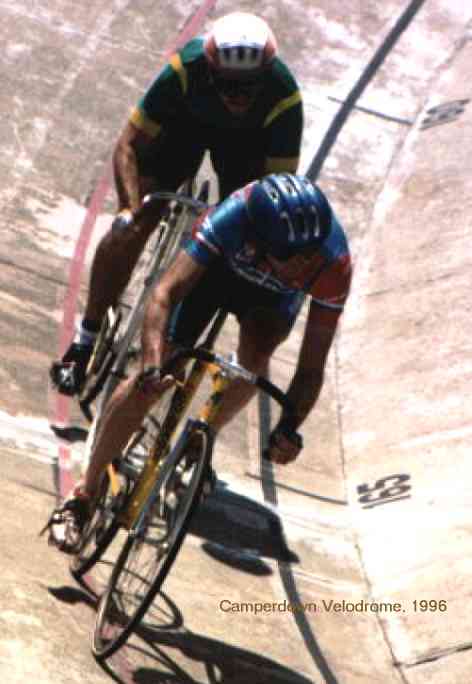Here we go, another speculative old-media story that will test run another half-baked idea.
In short,
it's a good idea that
surely would get plenty more people off the roads and into trains, buses and ferries (but presumably
not onto Sydney's private light rail, which would have to be compensated). And it's also
a bad idea that would suddenly flood an
already strained system with more frustrated commuters... imagine the queues, the packed trains and buses... potentially driving many of these new public transport users back into their cars. If you think the public (and the old media) complain about the lack of on-time running now, imagine what will happen with
thousands of extra 'customers'!
Every trip will take longer as these extra travellers get on an off, so timetables will go out the window. (OTOH buses will have less overall traffic congestion to deal with, so that will compensate to some degree.) The current so-called 'peak hour' won't double, but it will extend by perhaps 30% or so. People with a disability will find it harder to get on and off at these times, and perhaps the aged, kids and pregnant women will be deterred, too. Perhaps some public transport will become more of a shuttle service to cope, but with many services converging on the CBD and a limited range of terminals that just won't work... it will clog up, logjam, and shut down.
Here's the story that got me onto this topic:
PREMIER Nathan Rees is being urged from within his own government to make public transport free for everybody as part of a radical bid to win the next election.As the article says, fares don't cover the cost of public transport - they simply add to the pricing mechanism (which includes the queue and the uncomfortable seats) and assist with matching demand with a limited supply. If you take away the cost of a ticket many more people will jump onto the system and - unless someone waves a magic wand to up the capacity - break it. The deterrant to use - and perhaps
over-use - will be extended queuing or the next (uncomfortably packed) bus or train.
The cost of running the system will also rise - even without adding any new services, the extra loadings will cause additional regular maintenance and add more wear and tear to roads and track. So the real cost to the community will not be just fares foregone but the extra maintenance plus more frequent replacement of components and complete vehicles/rolling stock; and probably extra labour to deal both with the extended queues and the safety requirements of packed station platforms. And so on. It won't be cheap.
On the other hand, whilst not everyone can use public transport - sometimes it just doesn't go where you want to go - it
will remove lost of private vehicles from the roads. And that can't be a bad thing. Some savings will also be made by removing ticket sellers and inspectors, plus the back-end systems that must manage and account for the cash (won't the unions love that). But they will be re-assigned to other work. Perhaps.
If we are to offer free - or even much cheaper - public transport then we need to plan and do this properly. We need to build a system that can cope with the extra users. Which has been the sticking point for the last decade at least. Exactly
how do you make these sorts of massive investments in, for example, new trainlines, when you are under pressure to "fix" hospitals and education and all the rest? Successive state treasurers have been unable to do it. What will it take?
Of course we could just trim the fares gradually whilst we phase in new infrastructure. And won't the media love that - another bright new shiny public transport plan doomed for the dustbin as we realise just how expensive that new trainset will be.
Labels: transport








